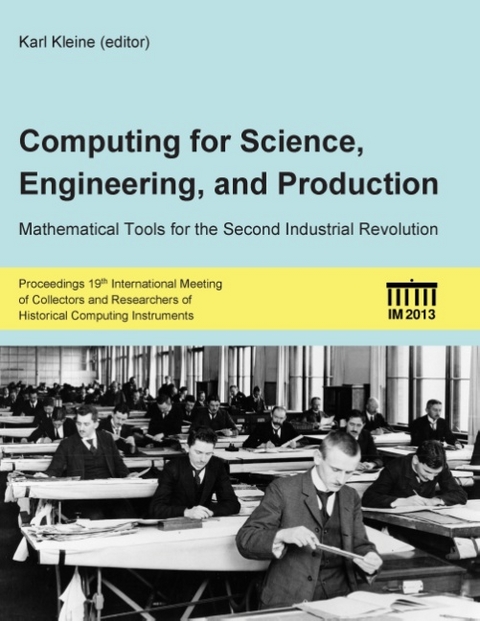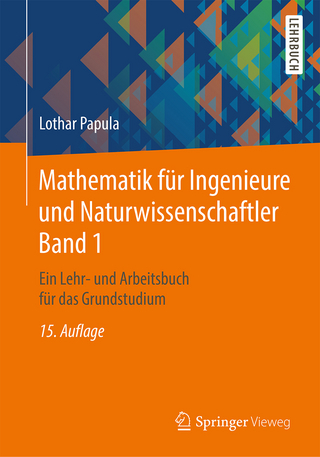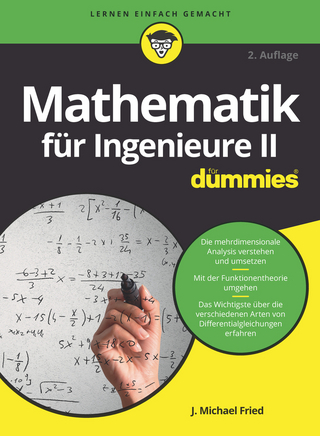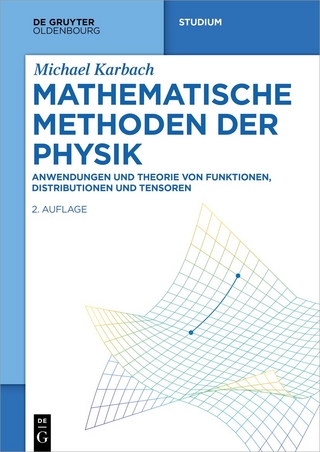Wie rechnete man bevor es Computer gab? Mit welchen Rechenhilfsmitteln konnten Ingenieure Maschinen konstruieren, die sicher und effizient funktionierten, Architekten Bauwerke planen, deren Statik sicher war, Wissenschaftler aus Meßreihen die Gesetze der Natur errechnen, und Kaufleute Gewinn und Verlust zahlenmäßg im Griff haben?Mit Rechenschiebern, Rechenmaschinen, Tabellenwerken und mathematischen Spezialinstrumenten erbrachten unsere Vorfahren verblüffende Leistungen. Dies galt ganz besonders in der Zeit der Zweiten Industriellen Revolution zwischen der Mitte des 19. und des 20. Jahrhunderts, als eine ganze Reihe technischer Erfindungen das Leben dramatisch veränderte, wie Strom und Licht, Auto und Flugzeug, Telefon und Radio, und viel und vielseitig gerechnet werden mußte, um all dies zu erschaffen.Zu diesem Thema trafen sich Sammler und Forscher von Rechenschiebern und anderen Rechenhilfsmitteln im Oktober 2013 in Berlin zu einer internationalen Konferenz unter dem Motto "Rechnen für Wissenschaft, Entwicklung und Produktion: Rechengeräte für die zweite industrielle Revolution".How did we compute in the ages before the advent of the modern digital computer? What were the instruments to help engineers, scientists, business men and others to perform arithmetic and other mathematical computationsfor their work?Using slide rules, adding machines, tables, and special instruments our ancestors achieved stunning results, particularly in the times of the Second Industrial Revolution. In the time frame from 1850 to 1950 a broad wave of inventions and technological developments changed life dramatically: Electricity provided power and illumination, cars and airplanes made us a mobile society, telephones and radio gave us unprecedented communication. All that required computation in one way or other.The International Meeting of collector and researchers of slide rules and other historical computing instruments of 2013 took place in Berlin, the largest European industrial metropolis in this period. This richly illustrated book is a collection of papers from this conference.
Karl Kleine is a retired professor of computer science, who worked on concepts, methods and tools for software development. His second line of professional interest were reliable and trustworthy IT infrastructures.
But for the last two decades his research area became the history of computing for science and engineering in the pre-computer aera, up to the 1960s and the computational devices used. His particular interest lies in instruments based on the logarithmic principle and its practical use in all forms of slide rules and disks. The subject lies in the intersection of the history of mathematics, the history of science and the history of engineering.
Prof. Kleine is member of the Oughtred Society, the German RST, the British UKSRC and the Dutch KRING as well as professional computer science organizations. He is a fellow of the Oughtred Society and got the Oughtred Society Award in 2014.



